While the Archaeological Survey of India’s (ASI) efforts have improved accessibility at Tipu Sultan’s Summer Palace, other spaces are not so inclusive.
Historical monuments in Bangalore under the Archaeological Survey of India (ASI), such as the Tipu Sultan’s Summer Palace and Bangalore Fort, lack the necessary infrastructure to cater to disabled visitors. This lack of accessibility poses significant barriers for individuals with disabilities who wish to explore these sites.
Prateek Khandelwal, a wheelchair user and Founder and Managing Director of Ramp My City, an accessibility startup, praised ASI’s efforts to make Tipu Sultan’s Summer Palace accessible. However, he pointed out that Bangalore Fort lacks such facilities.
“Tipu Sultan’s Summer Palace has Braille signage and tactile tiles for visitors with visual impairments, wheelchairs and ramps for those with locomotor disabilities, and disabled-friendly washrooms, making it mostly accessible. Whereas the Bangalore Fort has no such facilities and the multiple stairs at its entrance make it inaccessible,” he said. Ramps, tactile tiles, Braille signage, and disabled-friendly washrooms will improve accessibility at Bangalore Fort, he added.
A security guard at the Bangalore Fort pointed out that the absence of an entry fee attracts visitors, but the lack of disabled-friendly amenities discourages disabled individuals from exploring the monument.
Meanwhile, Pappu, a security guard at Tipu Sultan’s Summer Palace highlighting the accessibility of the site said, “There are wheelchairs, ramps, and dedicated washrooms at the monument for the disabled. The staff is also willing to assist anyone who might need help.”
Sujana Stephen, Assistant Archaeologist at ASI, acknowledged that while disabled-friendly facilities are maintained at Tipu Sultan’s Summer Palace, Bangalore Fort lacks visitor amenities, including washrooms and drinking water facilities. “Space constraints, low foot traffic, and concerns about preserving the fort’s heritage are the factors behind this,” she said
ASI’s primary accessibility focus lies on Tipu Sultan’s Summer Palace, a ticketed monument with more visitors compared to Bangalore Fort. Potential enhancements for Bangalore Fort could include Braille signage, audio guides, drinking water facilities, and wooden ramps, although no formal proposals exist, she said. “However, installing lifts and escalators at Tipu Sultan’s Summer Palace to provide access to the upper level of the monument could compromise its original preservation from an archaeological perspective,” she added.
According to the 2011 census, Karnataka has a population of 6.11 crore of which 13.24 lakh people are disabled while Bangalore has a population of 96.21 lakh of which 2.74 lakh residents are disabled.
S. Babu, Regional Coordinator, Disability Law Unit, South India, emphasised that the number of individuals with disabilities is significant, even if they aren’t always visible in society and that their needs extend beyond social security and healthcare schemes. “Basic accessibility is a universal requirement, benefitting not only people with disabilities but also children, the elderly, and pregnant women,” he said. To achieve this, public places should offer essentials such as wheelchairs, ramp access with railings, tactile tiles, Braille signage, audio guides, disabled-friendly washrooms, and designated parking spaces for adapted cars and two-wheelers, he added.
Prerna George, Project Coordinator of Yes to Access, Association of People with Disability (APD), highlighted the importance of both basic and scientifically sound accessibility in public spaces for all. “Poorly constructed ramps that do not follow the required width and angle of the slope can be counterproductive. The variability of needs among individuals with disabilities should also be kept in mind while providing disabled-friendly facilities,” she said. Urging the exploration of innovative solutions, she added that the challenge for ASI is to balance accessibility with preserving the heritage and authenticity of historical monuments.
Dr. Radhakrishna, Head of the Civil Engineering Department at R.V. College of Engineering, said that ramps must have railings for safety and smooth surfaces when there are changes in the level to ensure easy access. “An ideal ramp’s width must match that of a wheelchair, with extra clearance on both sides to facilitate movement,” he said. Additionally, he advised others to avoid walking on ramps to maintain their accessibility for the disabled.
The Rights of Persons with Disabilities (RPwD) Act, 2016 aimed at ensuring equal opportunities and dignity for individuals with disabilities, extends to making public spaces accessible to all, said Babu. Ensuring accessibility for all in public spaces is a fundamental social issue, necessitating active engagement from citizens. The government, too, should involve the affected communities in its decision-making processes to ensure the effectiveness of its actions. “The equality guaranteed by the Constitution to all its citizens should be upheld,” added Babu.

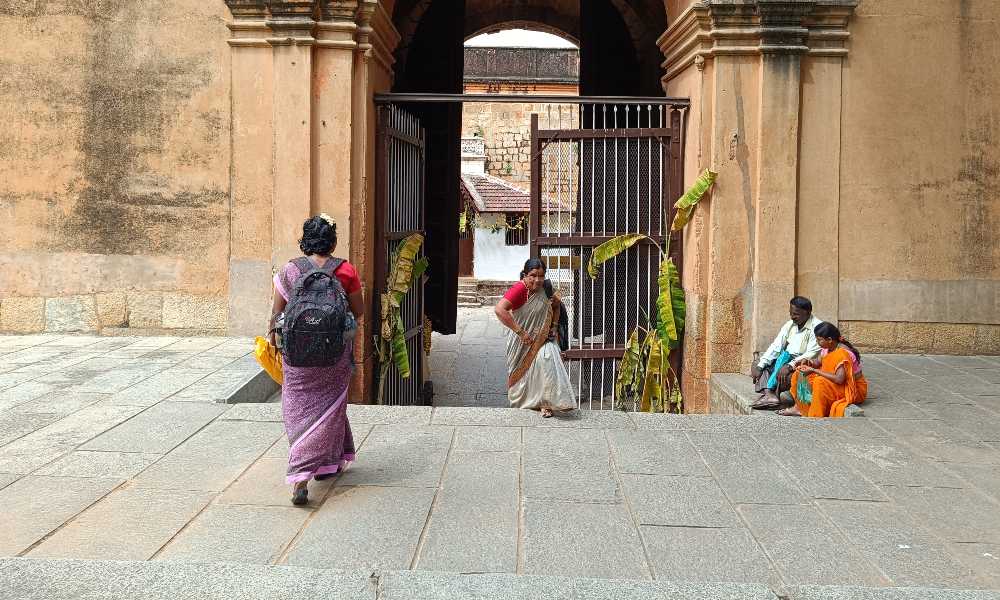
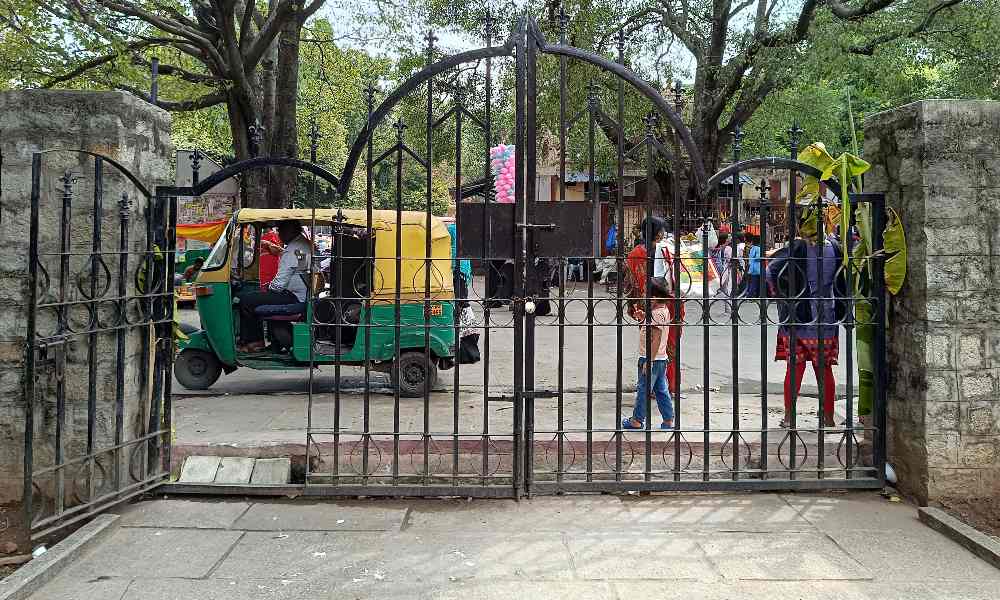
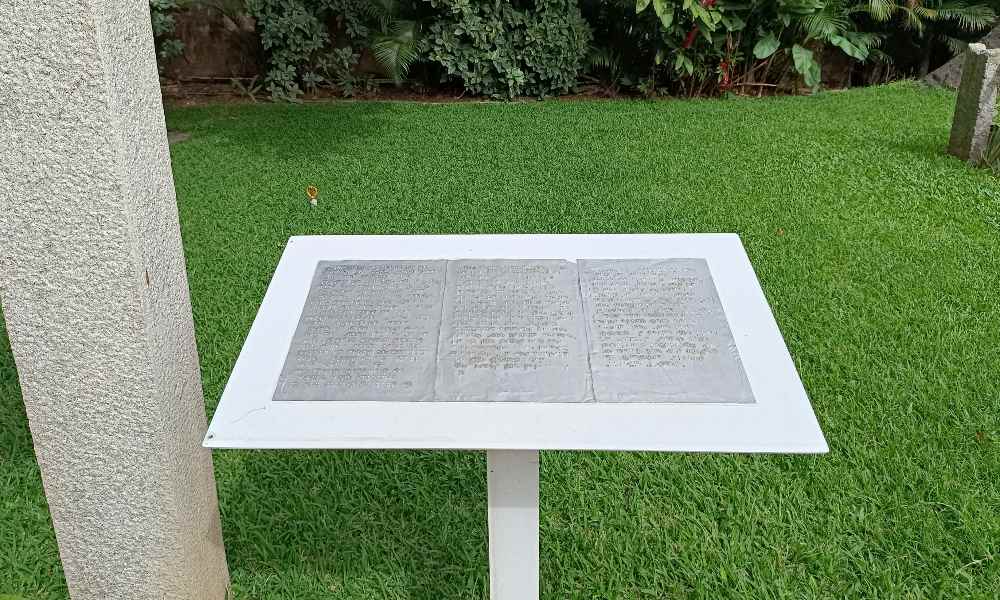
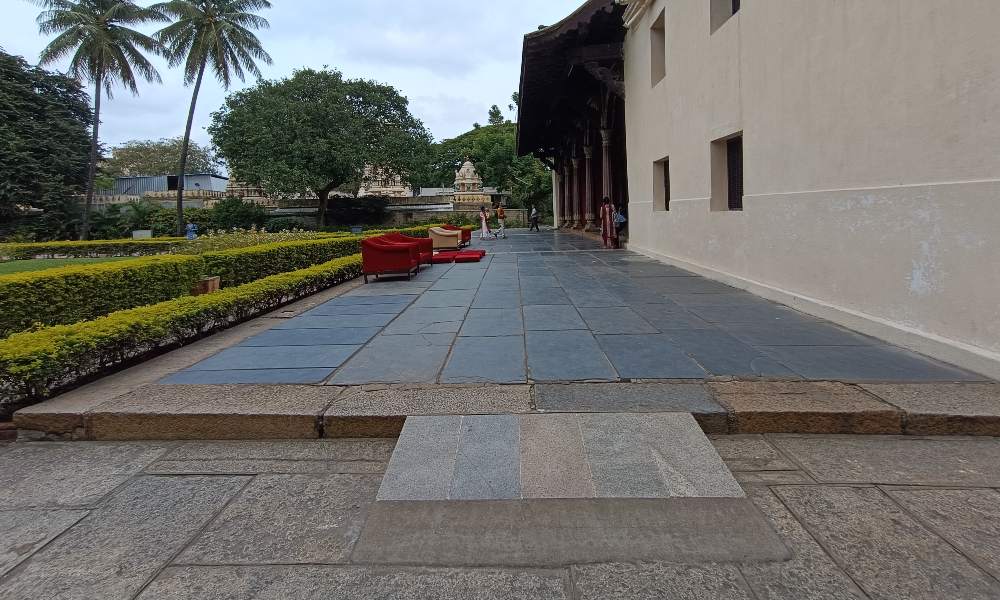

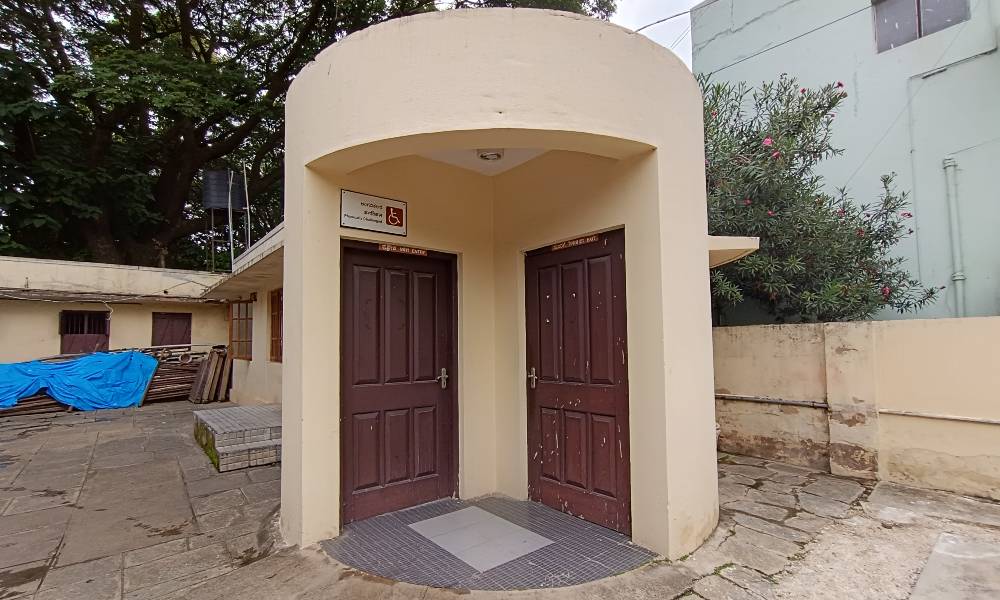
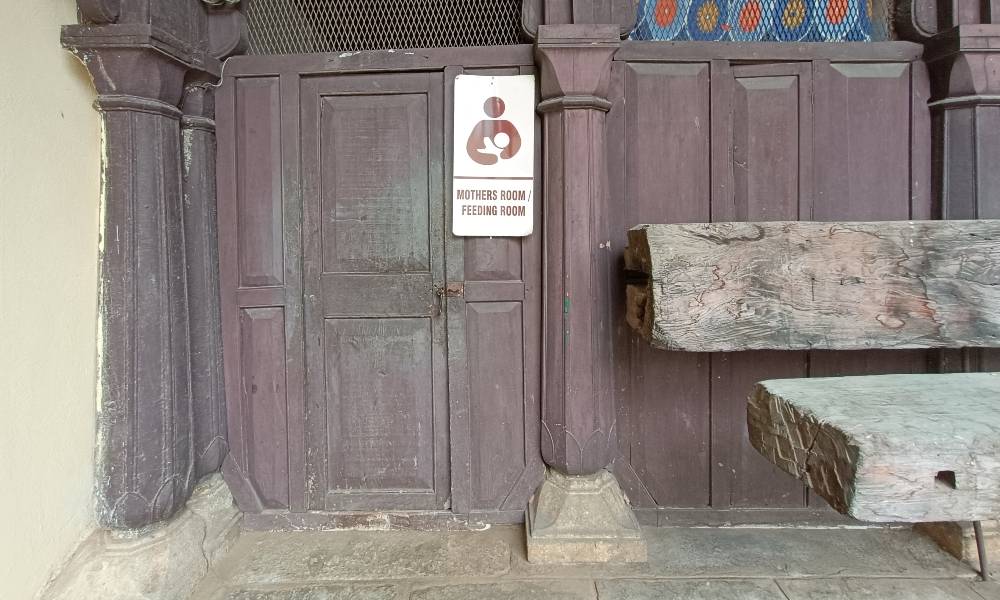
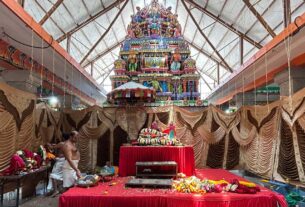


Good comprehensive story.. It is true that most of the tourist places in India lack the basic facilities for the challenged persons, despite the framing of an elaborate rule book.. Cheers to the author Steffy Maria Paul